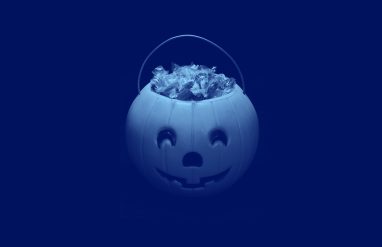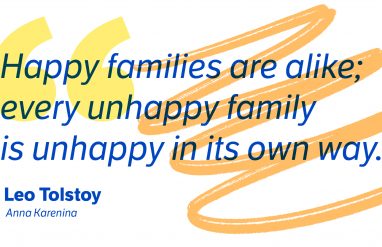Hanukkah
In Judaism, the Hanukkah holiday is the “festival of lights.” Lasting eight days, the holiday commemorates the rededication of the Temple of Jerusalem in 165 BCE. Once the Temple was won, the Jews found only enough oil to keep the eternal flame of the menorah lit for one day. According to legend, the miracle of Hanukkah occurred when that small amount sustained the menorah’s light for eight days, in order for more oil to be made. Fittingly, hanukkah literally means “a dedication” in Hebrew.
As is the case with many languages, there are certain sounds in Hebrew that just don’t exist in English. The first letter of Chanukah, the modern Hebrew letter chet, makes a sound called a “voiceless velar fricative,” a ch in the back of the throat similar to the Scottish pronunciation of loch. The classical Hebrew pronunciation had a softer ch sound, represented by the H instead of Ch in Hanukkah. Today, both spellings exist side by side.

























